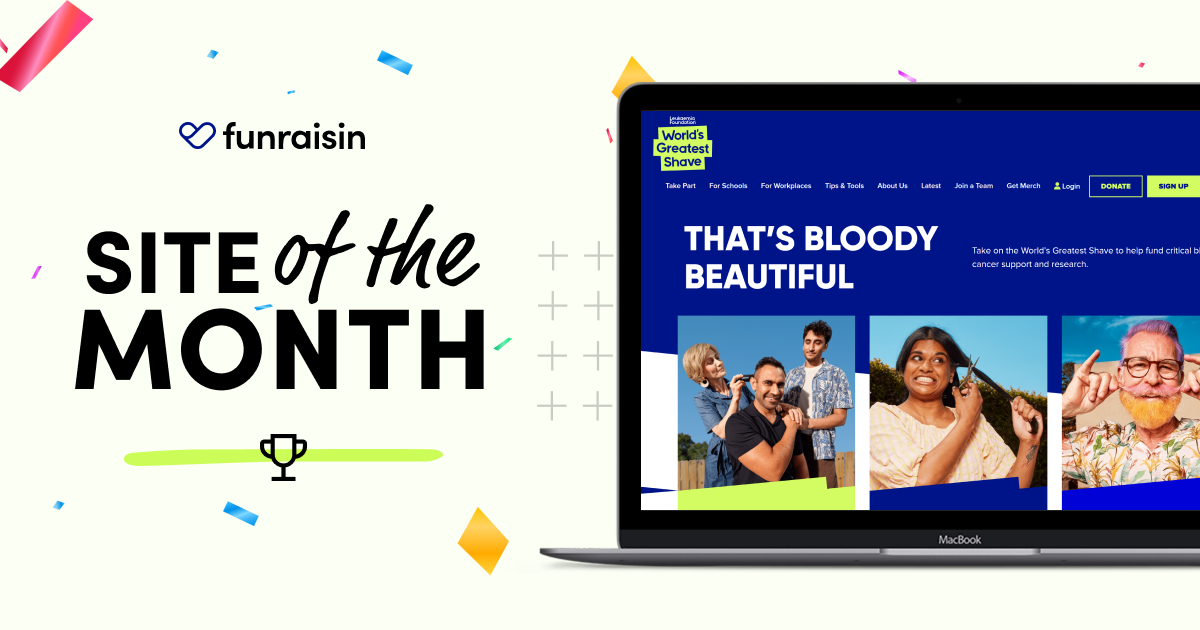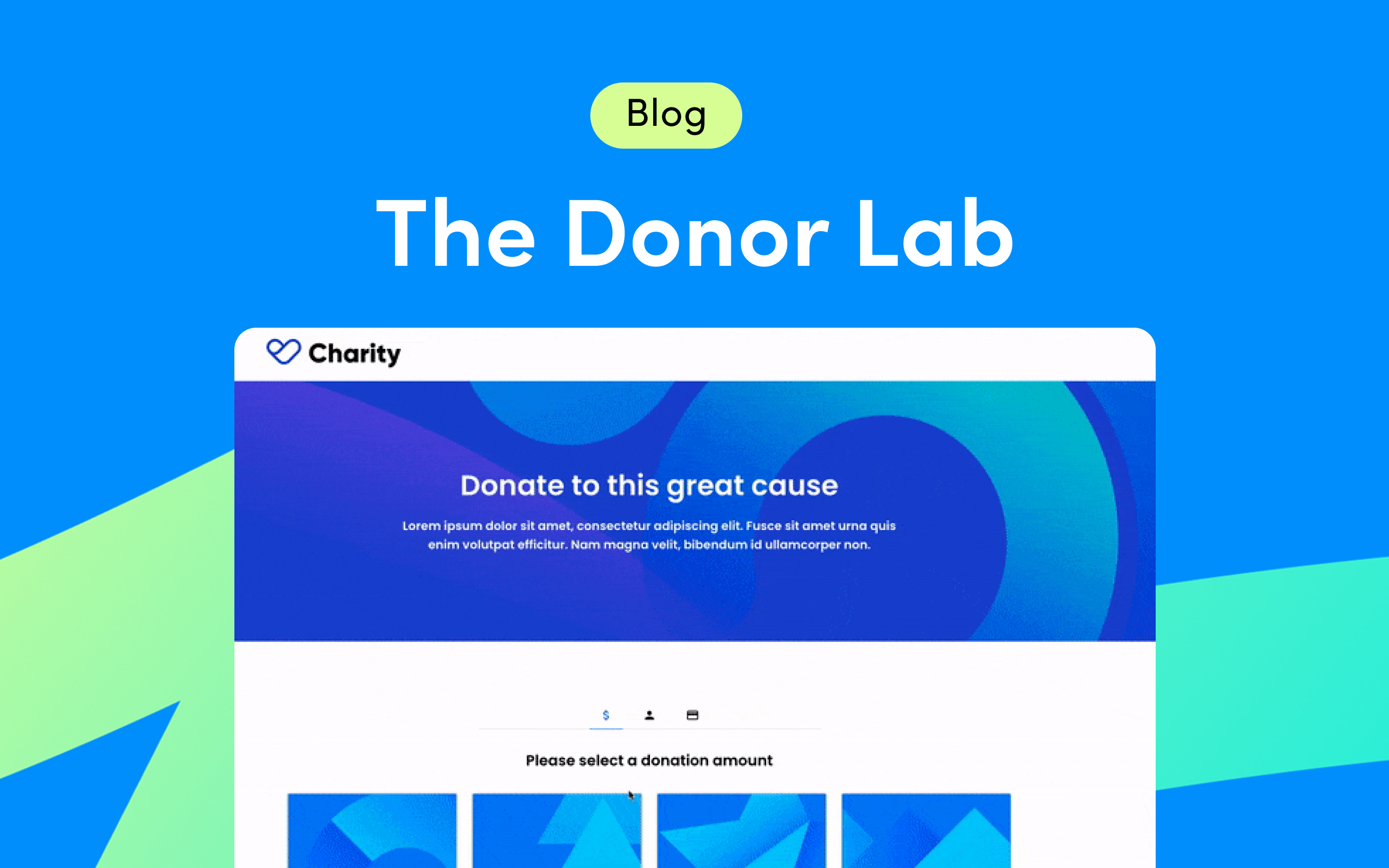With an ever-changing market, fundraising isn’t as it used to be. With inflation at an all-time high and costs of living going through the roof, acquiring fundraisers is only getting harder. People are getting together in different ways from virtual to hybrid, and mass events aren’t all returning in the same way. Keith discusses the implications of a changing world, and shares his insights from 2022.
Check out his trends below or watch on demand.
We’re changing our habits
The pandemic hit us all which fundamentally changed many habits and things we were conditioned to do. It made us stop, reflect, and prioritise. Once restrictions opened up, we had to convince consumers to restart doing things which have been challenging in some areas.
We have less in our pockets to spend
Looking at the later half of 2022 it’s a much different problem with many interconnected global challenges that we all acutely aware of which is hitting more people’s pockets hard. Consumer spending is under enormous pressure which will impact how organisations will operate.
We'll be more generous
One thing that we can be sure of is that the demands on charity services will increase, and so will the desire for people to show compassion and generosity. It will be a matter of how we all diversify our thinking to support and capture this dynamic consumer energy.
We’ll need to diversify
2023 will be a new economic climate to manage. It will likely be about remaining agile, efficient, taking some risks and diversifying. Before we get into 2023, let's take a look at some 2022 insights which we can maybe base some learnings into 2023.
The Markets are recalibrating

Here we can see an example of registrations to mass participation endurance events in 2019 vs 2022. The data is across around 1.5million registrations which covers around 5,000 large and small events. We have used 2019 and 2022 as a benchmark, as these are the most similar in non covid restrictions, which gives us a true sense of comparison. You will see that the YTD it is -15% decline, this is likely due to event companies' recovery from covid, and compounded by slow recalibration of breaking consumer lockdown habits (which takes effort and momentum to reset). However you can see that the decline is improving in august which shows a sign that user habits are starting to come back in registering and participating in live events. However, with the economic challenges and cost of living crisis, it will likely put in new headwinds of full recovery.
Mass events are not immune

Again we focus on 2019 vs 2022 in non covid restricted times, and we look at one of the world’s most iconic running, and fundraising events. We can see that this major event is not immune from the challenges we all face in consumer habits, priorities and the economic uncertainty. Looking at the public data from the two of the biggest platforms we can see that the total amount raised was reduced by 29.24% in 2022 vs 2019. Combined across both platforms the average page reduced by 26%. We can also see that the ballot sign ups were also down by 10%. This could be for many reasons, and some could be people worried about logistics and cost, other priorities, fundraising in the first place, or fundraisers' desire to ask friends for donations in a tough economic backdrop.
We’re fundraising in different ways

This data is taken from the same 15 charities and campaigns and the data significance is across 750,000 transactions. To put into more detailed context, the overall income base (or Pie) has grown 55.98% with the same charities and campaigns. Example, a charity did an in person event in 2019 and turned to virtual and in person in 2022, or they added our Facebook Fundraising+ module to an existing event.
You can see that In-person events in 2019 are 12.6% of the mix, and in 2022 even though we saw In-person events achieving a slight growth, the In-person events now only represent 8% of the overall income mix. This is because of significant growth in the other income streams, this is especially true within appeals, giving days, raffles, facebook fundraising+ and in memory - these types of campaigns are likely less impacted and exposed by covid hangups, the economy and in person event dynamics of logistics, costs and asking friends for donations. The growth in giving days etc could be a trend that continues where your supporters may want to be in more control, to reflect an even more complex life around them.
We need to be more accessible

This is another potential piece of validation from what’s live on facebook challenges (thanks Dan Papworth) this shows for the first time, that the more accessible activities such as fitness challenges like squats, Dancing, Push Ups are making up more of the mix over running challenges, this could be based on seasonality and maybe the backdrop of the time, mental and health state to participate in something simple, fun, convenient, active and accessible.
We need to adapt
Don't be a Blockbuster or miss out being a Netflix. And in some circumstances the old can play with the new, as an example there’s a need to hail a London taxi driver as well as the convenience of an uber at 3am after missing the last train, and they are likely to grow the overall space which is positive. Just like web and social media platforms, or in person events and digital virtual events.
Users are changing, the world is changing and there is more urgency we must also. From what we are seeing, it is more important to have a good mix of campaigns, digital solutions and platform integrations to be more efficient to protect the base whilst experimenting for the future. Core consumer behaviours and beliefs don't really change, but the platforms and environments we use to fulfil our core needs do. And remember, innovation accelerates 20x faster now than 20 years ago, it will only get faster.
Some good news

Our supporters have different needs
This is the same cohort of charities, campaigns and income mix we looked at earlier. You can see that DIY income has achieved 56% growth which could mean consumers may have different needs and control of what they can give and raise. Appeals and giving days have also achieved double digit growth which again also means that supporters are taking action into their own hands and giving directly to the charity around a specific tangible impact they want to change.
Virtual events signs ups are down
We are seeing that virtual event sign ups are down around 10%+, but still providing a 9% income growth overall which still provides a solid ROI and time investment for a charity. Although in person event sign ups are also slightly down, the amount raised per page is up over15% which is why we have still seen some growth in in-person events.
Supporters are giving more
We are seeing 17% more in the average single donation amount across all P2P Virtual and In Person events. We are seeing that generally across the P2P fundraising events the number of donations per page is currently holding up. The average donations per page could be something to watch out for in the 2023 season, and to take additional tactics and actions.
Integrated web and social fundraising raises more
Lastly, we see a 22% increase in fundraising when a user has a connected Facebook Fundraiser and Web fundraising page.
Social media networks are growing and diversifying

Social Media is still growing at 10% a year with the average person using 7.5 social platforms in their day to day. To dive in a little more, you can see the cross over of audiences per platform. These platforms have different purposes for user needs and audiences. As an example there are 50% of a new audience on TikTok over Facebook looking to engage with things they care about.
A use case of me! If I use Facebook to mostly consume mainstream content and share updates to a fairly soft friend network, I use TikTok to consume more fun content than share content vs using Linkedin to share and learn from my professional network vs Whatsapp or Messenger to connect with more direct and close groups.
And it's not just about facebook, more time is spent on YouTube. And YouTube is growing exponentially in streaming sports and gaming - is there a content opportunity?
We’re spending more advertising on social media

33% of all marketing spend is on social media and this looks to increase to 45%+ in 2023.
There is always a place to send written letters, or meet people in the street and connect with communities in a charity shop - these are all important, but now we can play more and grow by having access to a motivated audience instantly by using smart tech that can still make things personal to build meaningful connections. These digital and social platforms audiences may and should be moved onto to an in-person at a community event as an example.
We need to create integrated journeys
Make sure you can acquire, convert and engage users across multiple social, and digital platforms (don't leave yourself exposed on just one) and give the same social platform access and tools to your supporters to leverage their network, as their friends are also across multiple social platforms.
We need to build our brand identities
Don't forget to invest into your brand, know what it is, and what you are trying to solve, so that you can continue connecting people with your mission and build trust where the people are.
If you can, play the long game and build trust so you come out stronger when the economy swings again.
Don't forget to invest into your brand, know what it is, and what you are trying to solve, so that you can continue connecting people with your mission and build trust where the people are.
If you can, play the long game and build trust so you come out stronger when the economy swings again.
Key takeaways









